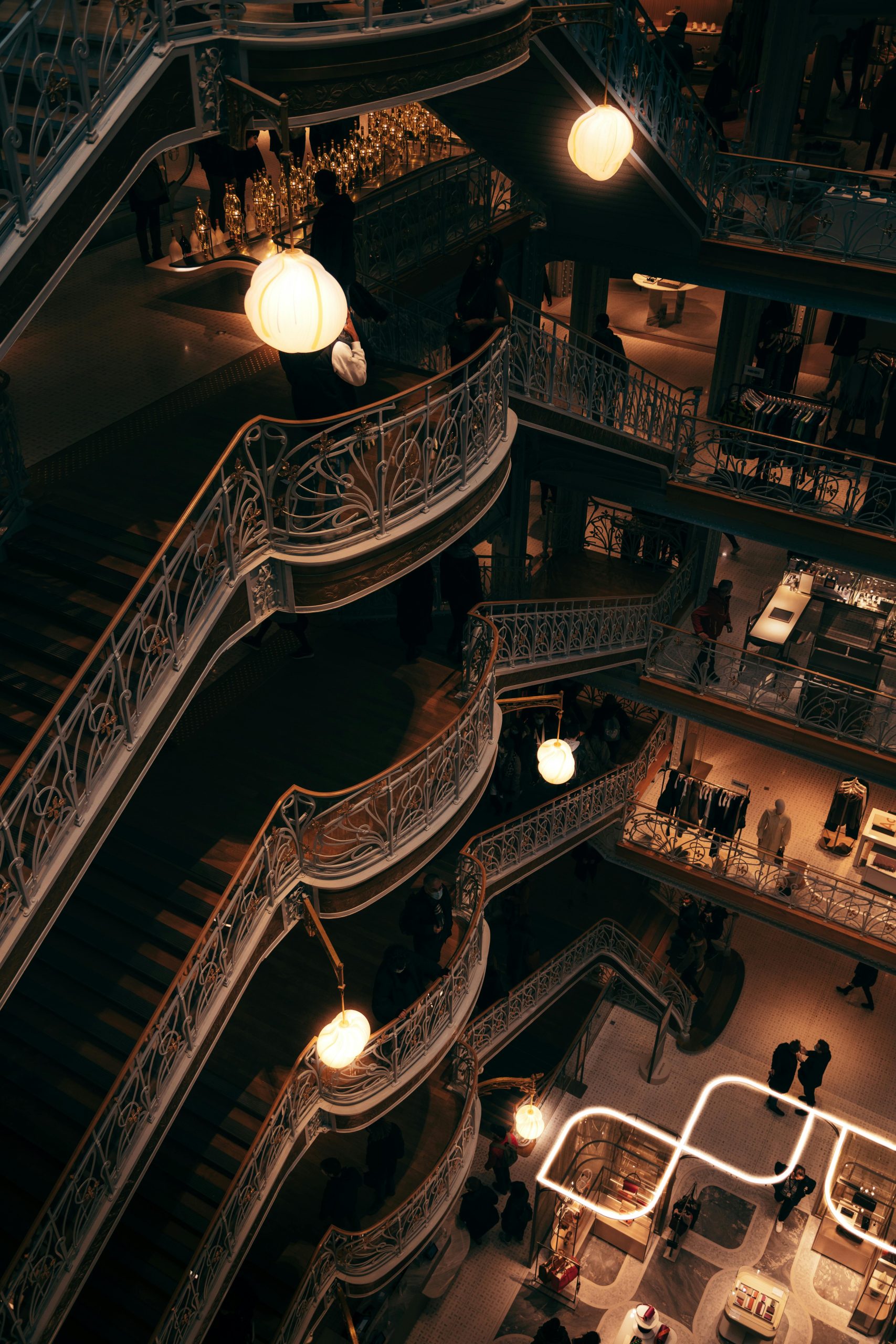Title: The Untold Story of London’s Near Miss with Its Own Eiffel Tower
London is a city brimming with history, cultural richness, and architectural marvels, but few are aware that it almost welcomed its very own version of the Eiffel Tower. This ambitious plan, which could have transformed the skyline of Britain’s capital, rests largely in the annals of what could have been.
In the late 19th century, as Paris celebrated the completion of the Eiffel Tower, an iconic symbol of innovation and artistry, London found itself at a crossroads. The city’s response to the rapidly changing architectural landscape included various proposals meant to showcase its own grandeur. Among these was a bold design for a similar tower, intended to stand as a testament to British ingenuity and prowess.
The vision for London’s Eiffel Tower was rooted in competitive spirit. Proponents believed that a towering structure would not only elevate the city’s status on the world stage but also serve as a remarkable tourist attraction—drawing visitors from across the globe to marvel at its height and design. Several artists and architects put forth their ideas, showcasing elaborate plans that included intricate ironwork and striking design elements.
However, despite spirited discussions and some initial enthusiasm, the project faced numerous hurdles. Concerns over structural stability, the aesthetic integration with London’s existing skyline, and the substantial financial investment required led to the eventual shelving of the proposal. Moreover, the public’s reception to such a landmark was mixed, with some Londoners questioning whether a tower of that magnitude aligned with the city’s historical character.
As years passed, London’s skyline developed in its own distinctive way, varying from stately cathedrals to modern structures that tell stories of artistic evolution. The absence of an Eiffel Tower-like monument allows us to appreciate the unique blend of architectural styles present today, which reflect London’s identity throughout the ages.
While the dream of a magnificent tower may never have materialized, it serves as a fascinating footnote in the narrative of London’s architectural journey. Imagining what could have been provides a glimpse into the ambitious spirit of an era that sought to challenge convention and redefine urban landscapes.
As we explore London’s past, it’s intriguing to ponder how one decision could have dramatically changed the city’s silhouette and cultural fabric. What remains clear is that the essence of London has always been about progress and adaptation, shaping a legacy as iconic as any tower could have represented.


Fascinating insight into London’s architectural history
It’s truly intriguing to consider how different London might look today if the city had embraced a Tower similar to Paris’s Eiffel Tower. The ambition and vision of those early architects reflect a bold desire to push the boundaries of urban design.
While the Eiffel Tower has become an iconic symbol of innovation, London’s decision to diversify its architectural style rather than pursue a single monumental structure has contributed to the city’s eclectic skyline. This diversity allows London to maintain its historical character while embracing modernity.
It’s also worth noting how public sentiment and practicality played crucial roles in shaping such decisions. Balancing aesthetic appeal, structural safety, and financial feasibility remains a complex task in city planning.
Thanks for sharing this captivating piece—it’s a wonderful reminder of how history and imagination intertwine in the evolution of a city’s skyline.
Insightful Reflection on London’s Architectural Evolution
This article offers a fascinating glimpse into a “what if” scenario that could have significantly altered London’s skyline and cultural identity. As a London resident, I find it compelling how the city’s architectural choices, from historical landmarks to modern skyscrapers, reflect its ever-evolving character.
Interestingly, the absence of a structure like the Eiffel Tower has allowed London to cultivate a diverse architectural landscape, blending historic charm with contemporary innovation. Notable examples include:
This diversity fosters a unique urban fabric that encourages continuous reinvention without the need for a single dominating monument. It also highlights the importance of context and aesthetic harmony when considering such iconic additions to the skyline.
Imagining what London’s skyline could have looked like with an Eiffel Tower-style landmark sparks thoughts about how architecture influences city identity and public perception. Ultimately, London’s ability to evolve while respecting its past is what makes it a truly iconic and resilient metropolis.